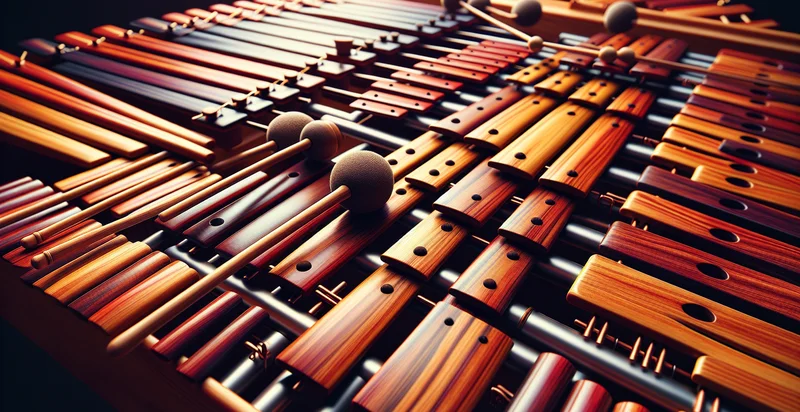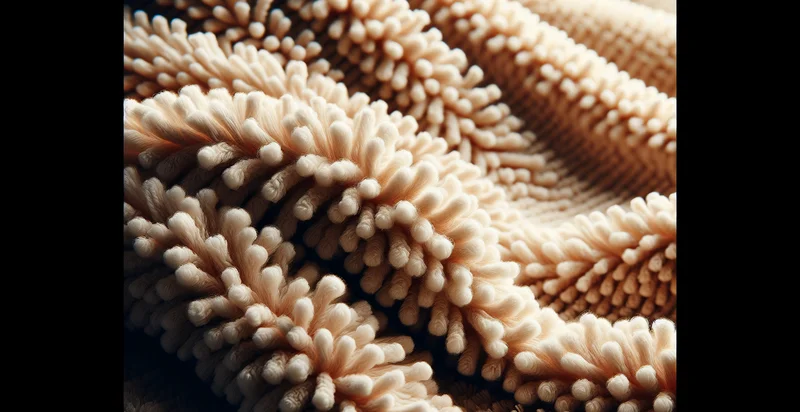Identify what material a xylophone is made from
using AI
Below is a free classifier to identify what material a xylophone is made from. Just upload your image, and our AI will predict what material a xylophone is made from - in just seconds.

Contact us for API access
Or, use Nyckel to build highly-accurate custom classifiers in just minutes. No PhD required.
Get started
import nyckel
credentials = nyckel.Credentials("YOUR_CLIENT_ID", "YOUR_CLIENT_SECRET")
nyckel.invoke("what-material-a-xylophone-is-made-from", "your_image_url", credentials)
fetch('https://www.nyckel.com/v1/functions/what-material-a-xylophone-is-made-from/invoke', {
method: 'POST',
headers: {
'Authorization': 'Bearer ' + 'YOUR_BEARER_TOKEN',
'Content-Type': 'application/json',
},
body: JSON.stringify(
{"data": "your_image_url"}
)
})
.then(response => response.json())
.then(data => console.log(data));
curl -X POST \
-H "Content-Type: application/json" \
-H "Authorization: Bearer YOUR_BEARER_TOKEN" \
-d '{"data": "your_image_url"}' \
https://www.nyckel.com/v1/functions/what-material-a-xylophone-is-made-from/invoke
How this classifier works
To start, upload your image. Our AI tool will then predict what material a xylophone is made from.
This pretrained image model uses a Nyckel-created dataset and has 8 labels, including Bamboo, Composite, Fiberglass, Metal, Plastic, Resin, Rubber and Wood.
We'll also show a confidence score (the higher the number, the more confident the AI model is around what material a xylophone is made from).
Whether you're just curious or building what material a xylophone is made from detection into your application, we hope our classifier proves helpful.
Related Classifiers
Need to identify what material a xylophone is made from at scale?
Get API or Zapier access to this classifier for free. It's perfect for:
- Quality Control in Manufacturing: This function can be integrated into the quality assurance processes of xylophone manufacturing. By identifying the material composition of xylophones during production, manufacturers can ensure that only specified materials are used, reducing defects and ensuring product consistency.
- Material Recyclability Assessment: With increasing emphasis on sustainability, manufacturers can use this classification function to evaluate the recyclability of materials used in xylophones. By determining the material, companies can develop environmental impact assessments and promote eco-friendly practices in the production chain.
- Educational Tool for Music Schools: Music education institutions can use this function as an educational resource to teach students about different materials used in instrument manufacturing. By leveraging this technology, students could learn about the acoustic properties associated with various materials, enhancing their understanding of music production.
- Historic Instrument Restoration: Restorers of antique musical instruments can utilize this function to accurately identify the materials used in historic xylophones. This information is crucial for authentic restoration efforts, ensuring that any repairs or refurbishments respect the original craftsmanship and materials.
- E-Commerce Product Verification: Online marketplaces can implement this function to verify the authenticity of xylophones being sold. By automatically assessing the material composition, potential buyers can be informed about whether the instrument is made from authentic, high-quality materials, enhancing trust in the platform.
- Custom Instrument Design: Custom instrument makers can use the classification function to inform their design choices. By understanding the materials that produce differing acoustic qualities, they can tailor their designs to match the desired sound characteristics preferred by musicians.
- Research and Development in Instrumentology: Researchers studying musical instruments can apply this function to gather data on material use across different xylophones. Such research could lead to advancements in the understanding of how material influences sound, performance, and durability, fostering innovation in instrument development.


